Once a year, Apple rolls out a major update to the iOS software that runs on all iPhones. Millions of devices get major new features for free, along with patches for security bugs and interface tweaks. The newest version is iOS 14. It was announced on 22 June at WWDC and became available to download on Wednesday 16 September.
iOS 14 was updated just over a week after it launched and is now version 14.0.1 as of 24 September, more on the fixes that update introduced below.
In this article we present everything you need to know about iOS 14, including any issues or problems with the latest version, which iPhones can run the new OS, and all the new features and the new features that are still in development. We also have details about the developer and public betas and will give an insight into new features still to arrive on iPhones running iOS 14.
For a comparison with the previous iPhone operating system, read iOS 14 vs iOS 13. We also have a review of iOS 14 that you might like to read.
When was iOS 14 released?
iOS 14 became available to download on Wednesday 16 September. Here’s how to install iOS 14 on your iPhone. We are currently warning users not to install iOS 14 because developers say it’s not ready for widespread use and warn that some apps may not work properly.
Apple announced the date iOS 14 would be available during the 15 September event. Apple also unveiled the iPad 8th-gen, new iPad Air for 2020, Apple Watch Series 6, Apple Watch SE and Apple One at the event. Note that the iPhone 12 was not announced.
Latest version of iOS 14
Apple launched iOS 14 on 16 September. Then just over a week later on 24 September iOS 14.0.1 arrived with a number of fixes. You should update to take advantage of fixes for an error that caused the settings for the default browser to be reset at restart has been rectified. Two other issues are addressed including a problem connecting to certain Wi-Fi networks and an issue with previewing images in iPhone 7 and iPhone 7 Plus.
Apple is already working on iOS 14.2. More details about what’s coming in iOS 14.2 below.
Some developers have suggested that their apps won’t work with iOS 14 so it’s likely that a lot of apps will be updated over the coming weeks.
If you want to downgrade the latest version of iOS 14 we explain how to do that here.
Beta versions
Apple runs a beta program for developers and the general public.
The first developer beta of iOS 14 was launched straight after the WWDC keynote on 22 June, while the public beta arrived on 9 July. There have been multiple versions of each beta since, and even when iOS 14 launches the beta versions will continue to be issued as problems and bugs are fixed.
If you’re an app developer you can join Apple’s beta programme and give it a try. The public beta program allows eager Apple fans to trial the software and help report any bugs before general release.
What’s coming in iOS 14.2
The latest version of the iOS 14 beta is iOS 14.2. The update includes a number of new features:
A Music Recognition control for the Control Center is one way in which the next version of iOS 14 will allow you to discover music. Thanks to Apple tight integration with Shazam (which it bought) music recognition is getting even better and your will be able to recognise music playing in apps (such as TikTok) and even if you are wearing AirPods. By adding the feature to Control Centre you won’t need to ask Siri for this information, or open the Shazam app, you will just be able to tap the control.
You’ll also see music suggestions in Control Centre.
A People Detection feature is coming to the Magnifier app. It will tell users how far other people are via the camera.
Another novelty is that the menu that appears when you tap the Airplay icon in apps like Music no longer fills the entire screen but appears on top of the rest of the content.
The developer version of iOS 14.2 came out first with the Public Beta version following a few days later.
If you would like to join the beta testing program and get the software on your iPhone before everyone else we explain how to do so here. We also run though how to install iOS 14 beta on your iPhone here.
Problems with iOS 14
Normally when Apple launches a new iOS we see complaints of battery drain issues, app crashes, Wi-Fi and Bluetooth connection issues, and other problems. So it’s worth waiting for any issues to be ironed out.
We’ll run through the issues we are hearing about below.
Problems with WiFi connection
Since updating to iOS 14 some users have been complaining that their iOS 14 or iPadOS 14 device loses the WiFi connection when it is idle and then doesn’t reconnect to the network. As a result users are having to go to the settings to manually connect to the network again.
On Twitter several users complain about an unreliable Internet connection under iOS 14.
Apple has addressed this problem with the release of iOS 14.01.
We have this guide to configuring a router for Mac and iPhone that could be useful.
Third party apps
As we have mentioned a number of developers were concerned when Apple announced that iOS 14 would launch to the public on 16 September because it gave them just 24 hours to make sure their apps worked with the new operating system. As we discuss in our article about the why you shouldn’t install iOS 14, developers have expressed their concerns on social media, warning that the software isn’t ready.
It seems that the issue isn’t with Apple’s new operating system but rather with the third party apps that run on it – or might not run if you update.
Many developers have said their apps just aren’t ready yet.
So if you rely on any third-party apps you should either check to see if there are any problems before you upgrade, or wait for the developer to confirm it’s safe to do so.
Apps reverting to defaults
A few days after the arrival of iOS 14 users were complaining of a bug that could revert apps to their defaults.
Prior to iOS 14 it wasn’t possible to choose which browser would be your default, if you clicked a link it would automatically open in Safari. As of iOS 14 it is now possible to set different default apps, alternatives to Safari and Mail can be used instead.
However, it’s emerged that should you select a different browser or email app if the iPhone is shutdown once it restarts it will have defaulted back to the old default apps.
Apple’s fixed this bug in iOS 14.0.1.
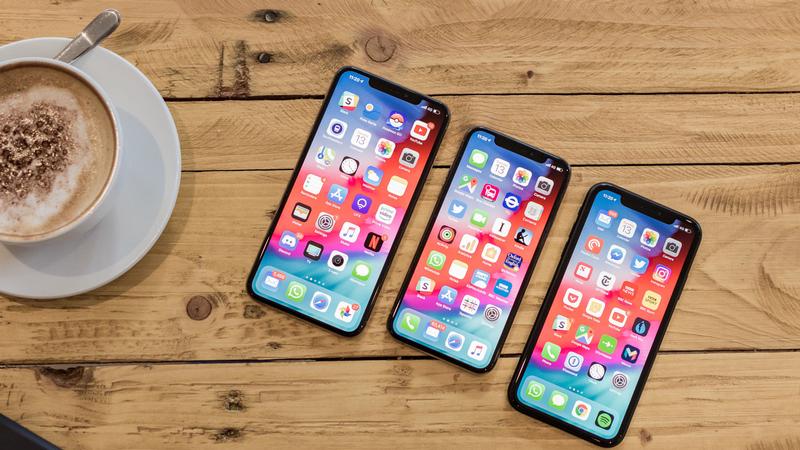
Which iPhones will run iOS 14?
Can your iPhone get iOS 14? iOS 14 is available on the iPhone 6s and later. As expected, it’s the same list of devices as iOS 13.
Here’s a list of iOS 14-compatible iPhones:
- iPhone 6s & 6s Plus
- iPhone SE (2016)
- iPhone 7 & 7 Plus
- iPhone 8 & 8 Plus
- iPhone X
- iPhone XR
- iPhone XS & XS Max
- iPhone 11
- iPhone 11 Pro & 11 Pro Max
- iPhone SE (2020)
- …plus obviously the iPhone 12, 12 Max, 12 Pro and 12 Pro Max will all come with iOS 14 preinstalled.
New features in iOS 14
Craig Federighi and colleagues announced a raft of significant new features for iOS during the WWDC event. We’re excited about the changes, so let’s get into it.
Home screen & interface changes
An iPhone’s home screen looks very different under iOS 14, and offers far more potential for customisation.
(Our colleagues on Tech Advisor immediately pointed out that several of these additions are already available on Android. Point taken. But the way we look at it, a good idea is a good idea, no matter who had it first.)
App Library is a new and efficient way of organising your apps.
Instead of scrolling through multiple pages, you can now access a single view that automatically arranges your apps according to smart categories: Entertainment, Health & Fitness, Social and Apple Arcade were among the ones shown in the demo. (iOS users will be familiar with the platform’s ability to auto-categorise apps, which it offers to use whenever you drag two apps into a single folder.)
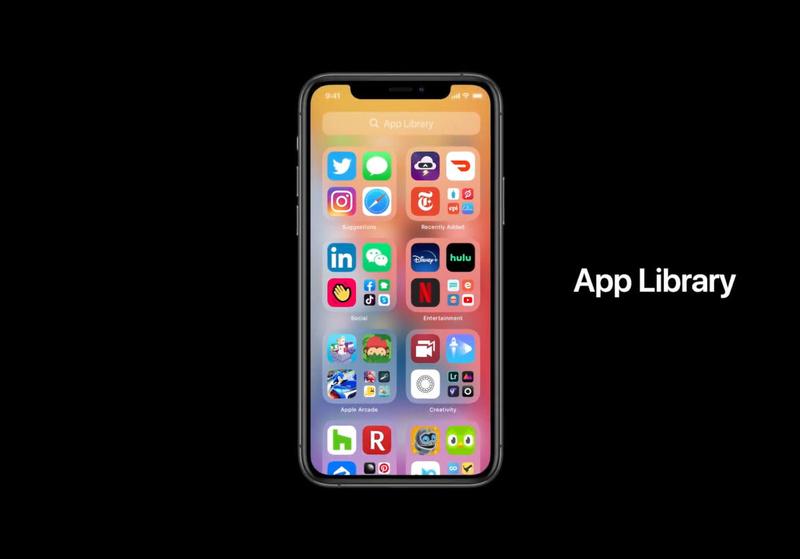
Each category page looks like a folder on the App Library page, but with one slight different: the icons aren’t all the same size. The apps you’ve used most often or recently are larger, so they’re easier to launch with one tap. And if you don’t want to see all of your apps on the library screen, you can choose to hide app pages you no longer need.
Two categories at the top are slightly different: Suggestions, which appears to operate in the same intelligent way as Siri App Suggestions in the Notification Centre, and Recently Added.
We already had Widgets in iOS 13 – in fact they were added as long ago as iOS 8 – but they used to be confined to the Notification Centre. In iOS 14, at long last, they come to the home screen.
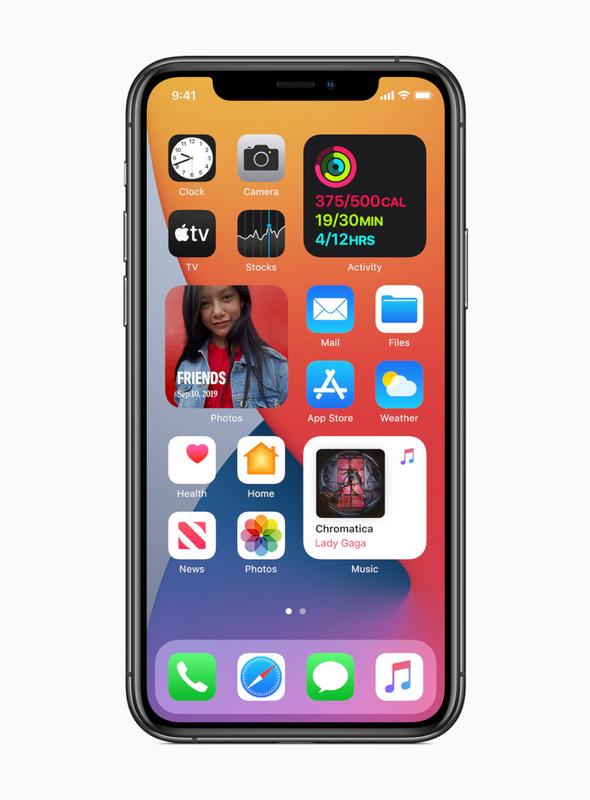
It’s as simple as drag-and-drop: open the widgets draw and drag your chosen widget to wherever you want it to sit on the home page. Apple showed widgets that allow you to choose from multiple sizes – taking up the space of four or eight app icons – but we don’t know if this will available for all of them.
There’s a new widget called the Smart Stack. We think this is like Siri App Suggestions, attempting to predict functions that you’re going to need at a given location or time, but we’ve not seen many details of this.
Picture in picture: Largely self-explanatory, this one. As we’ve had on the iPad previously, if you start a YouTube or other video playing, you can shrink it and have it play in a small part of screen over another live app. You can move it around and resize it.
Siri
Apple is talking up Siri’s capabilities – the voice control assistant has generally lagged behind rival offerings, but the company says it’s made a lot of progress for iOS 14.
For a start, it’s been visually redesigned. There’s new graphics, and a different interface that pops up Siri results in a neat little box at the top of the screen.
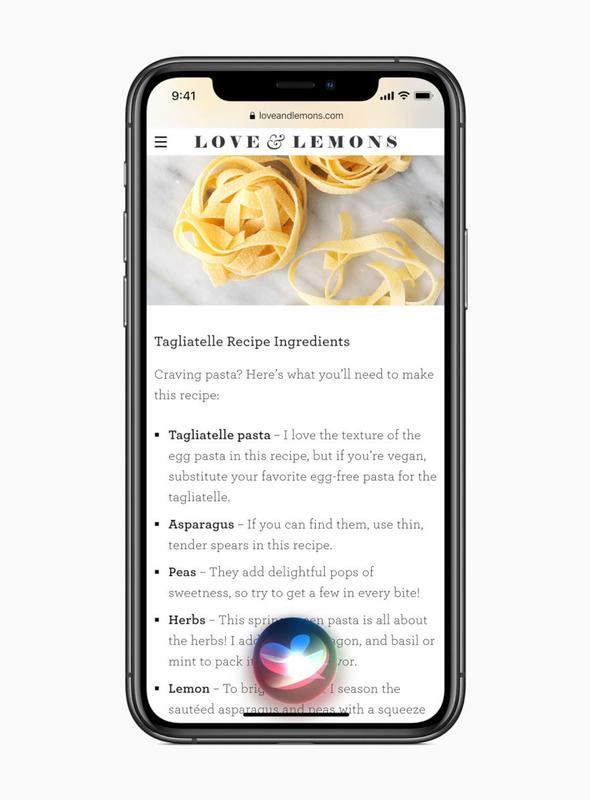
But more importantly Apple reckons Siri is cleverer than ever. It has, the company claims, 20 times more facts at fingertips than three years ago, and is able to tackle more complex questions like “How do hybrid cars work?” and “Is infinity a number?”
There are new functions, too. You can now tell Siri to send an audio message, and it can run dictation on device rather than relying on a web connection.
Siri can translate more languages, and this aspect of its work is so important now that Apple has spun off a separate app called Translate, which covers 11 languages and works offline.
Translation looks really cool. We currently use Google Translate for these things, and while this is a superb tool with far more languages than Apple is able to offer, it largely (and perhaps understandably, given its breadth of learning) needs to work online.
Apple’s Translation app includes a conversation mode (again, something that Google Translate offers already) which is accessed by turning your iPhone on its side. Where this clever mode does differ from Google is by offering only a single microphone button rather than one for each participant – the app auto-detects the various languages spoken and allocates them to the correct part of the conversation screen.
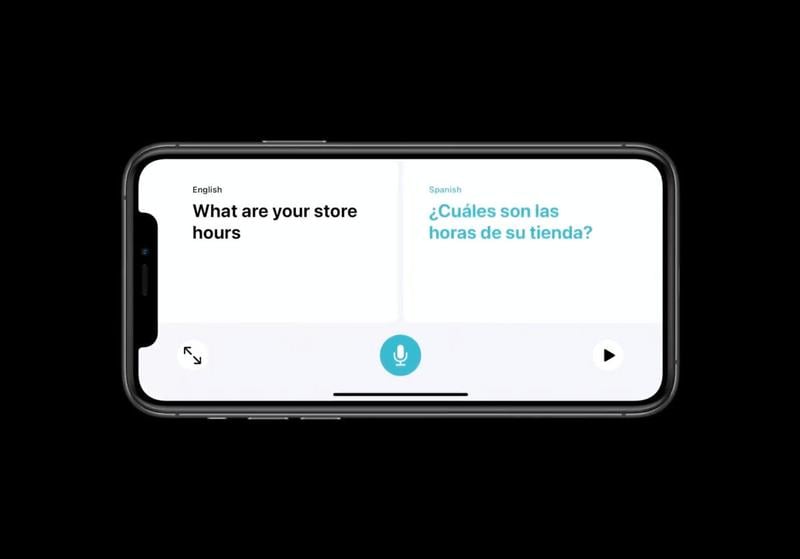
Messages
In iOS 14 Messages lets you pin a conversation to the top of the screen, and adds inline replies – conversational threads, basically – to the interface. In group messages you can choose to be notified only when someone mentions you, a Slack-like approach that will make Messages more useful for collaboration. And the image at the top of a group conversation shows the participants but makes those who’ve spoken most recently larger.
As ever Memoji gets updated, with 20 new hair and headwear styles, including face coverings, and more age options and sticker poses.
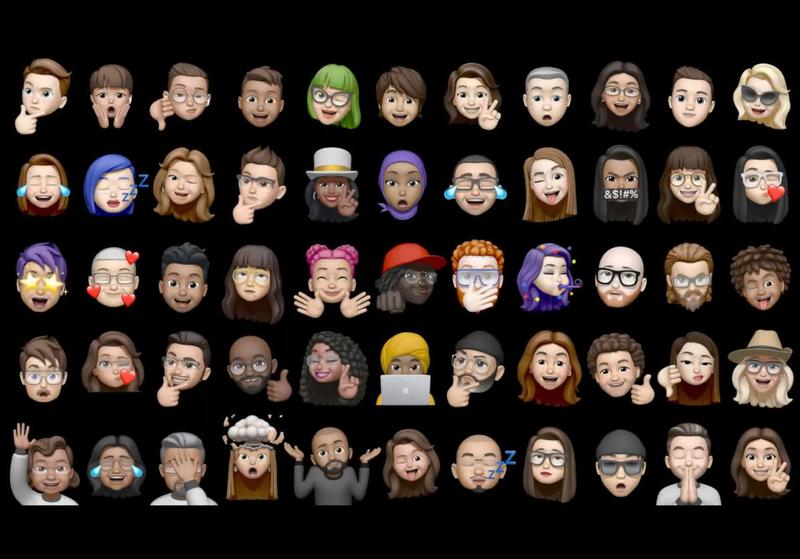
Maps
Apple rolled out a new version of Maps earlier this year, and the company spent some time trumpeting its new capabilities and more extensive information. More interesting for those of us outside the US is the news that the new map will roll out to more countries later this year, including the UK, Ireland and Canada.
There are guides for cities around the world, which you can save and come back to later and which automatically update when new information is available. And Apple is offering more environmentally friendly navigation assistance, with directions for cycling and electric vehicles (so you are guided to compatible charging points).
CarPlay/car features
CarPlay gets new wallpaper and new categories of apps. But the big news here is the inclusion of digital car keys, which will initially be confined to a single product launch – the 2021 BMW 5 Series – but rolled out to a wide range of vehicles in due course.
Your car key is stored in the iPhone’s Secure Element but can be shared with other people easily via iMessage. This access can be limited, or revoked remotely at a later date.
Initially the feature will be based on NFC, but Apple also discussed the next-gen version based on the Ultra Wideband tech in the U1 chip. This won’t appear until next year.
App Store
The big news here is a new type of mini-app called an App Clip – generally speaking this is a small part of an existing app that’s quick to discover and download, and only stays as long as you need it.
Companies can offer App Clips based on their existing apps for use in specific situations. On a web store, for example, an icon could pop up offering an App Clip that lets you buy a product but doesn’t commit you to the rest of the data and functionality on the full app. Or there could be a code displayed at a parking spot, which then takes you to a stripped-down version of an app that lets you pay for parking.
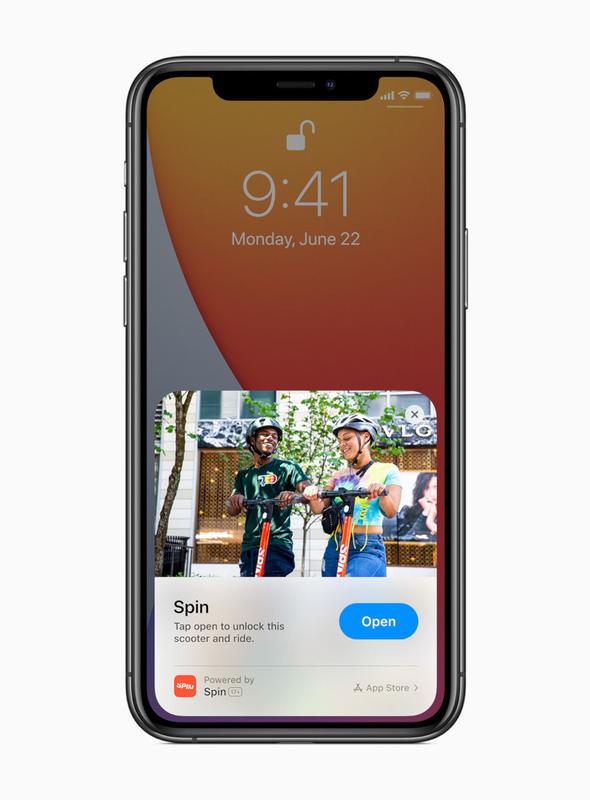
Apple is rolling out its own App Clip codes, which look like QR codes but combine a visual code and NFC.
As well as stripping down existing apps, Apple believes small business that haven’t got an app will create a Clip – or that a larger company like Yelp will create Clips for them.
Miscellaneous changes
That’s most of the changes that Apple announced for iOS 14, but there’s a few more tweaks that we wanted to mention.
First of all, there’s a change to the ‘Call incoming’ interface graphics. This no longer takes over the entire screen, but is instead confined to a small box at the top.
iOS 14 will allow you to set third-party email and browser apps as the defaults on your iPhone, something that users have been requesting for years. It’s big news, but for some reason Apple kept it pretty quiet.
There will also be a handy translation feature coming to Safari. Read about how to translate webpages here.
And the Activity app so beloved of Apple Watch owners? That’s being rebranded as Fitness.
What next?
If this article has been of interest, you may also enjoy our thoughts on the next software update for iPad, detailed in iPadOS 14 release date and new features.
Advice on getting the most out of the current version of iOS, meanwhile, can be found in our roundup of iPhone tips and tricks.
